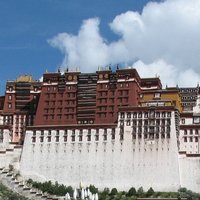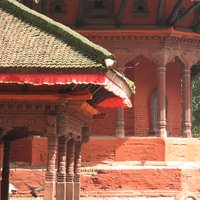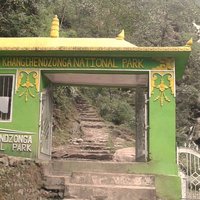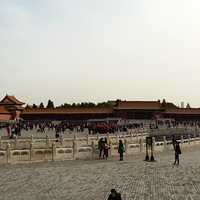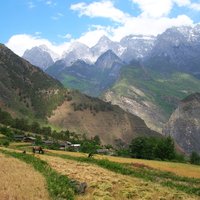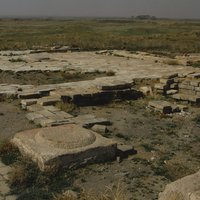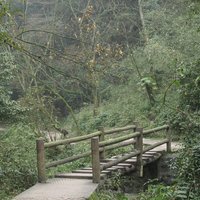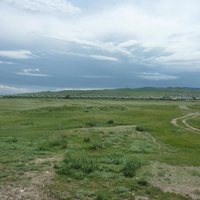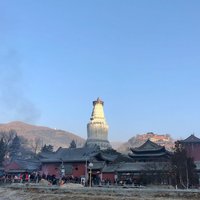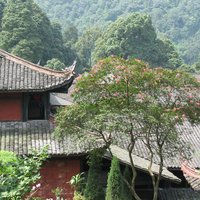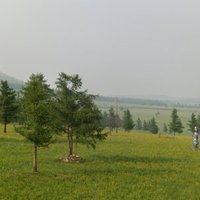Connected Sites
-
Potala Palace ("symbolizes Tibetan Buddhism", Gelukpa sect), Jokhang Temple
-
Boudhanath stupa, Swayambhunath religious complex (although mainly Newar Buddhist)
-
-
Pavilion of the Rain of Flowers, the imperial Tibetan Buddhism temple inside the inner court in Beijing's Imperial Palace
-
Feilai Temple at Deqin
-
Tibetan Buddhist lama temple Qianyuan Temple (1274) (AB ev)
-
Wolong and Siguniang Mountain areas have many Tibetan communities and temples.
-
-
Erdene Zuu, Tuvkhun Monastery (traditional Buddhism in Mongolia is a 'Mongolised' version of Tibetan Buddhism)
-
"Tibetan Buddhism spread to Mount Wutai and coexisted harmoniously with Han Buddhism." (AB ev)
-
"Emei Mountain, which is located within the sight of the Tibetan border, is currently a pilgrimage destination for both Chinese and Tibetan Buddhists. In the past, many Tibetan lamas lived in temples on Mount Emei. A number of them were expert in the Tibetan Lions Roar or Tibetan White Crane gung fu."
See www.yunhoiwingchun.com
-
See page 8 of link: "the revival of Tibetan Buddhism in the frontier brought an isolated lama organization, which cannot express the feudal structure in the minzu area, the red cowl of the lamas and the sound of reading classics from the temple were only some sad symbol of the history."
See www.ari.nus.edu.sg
-
-
Badain Jaran Temple (1868) (wiki)

